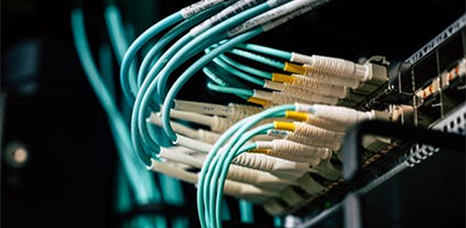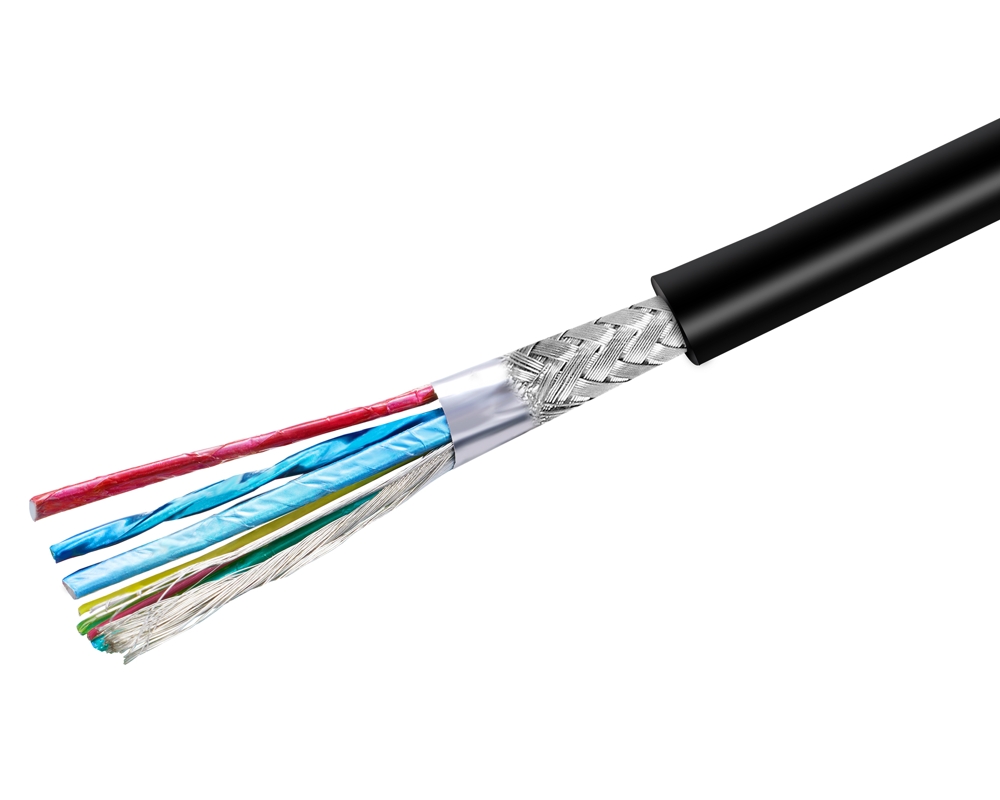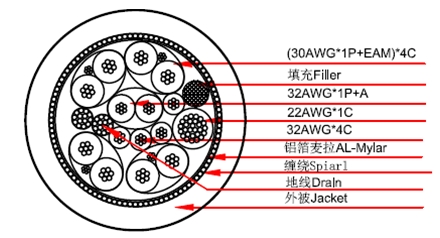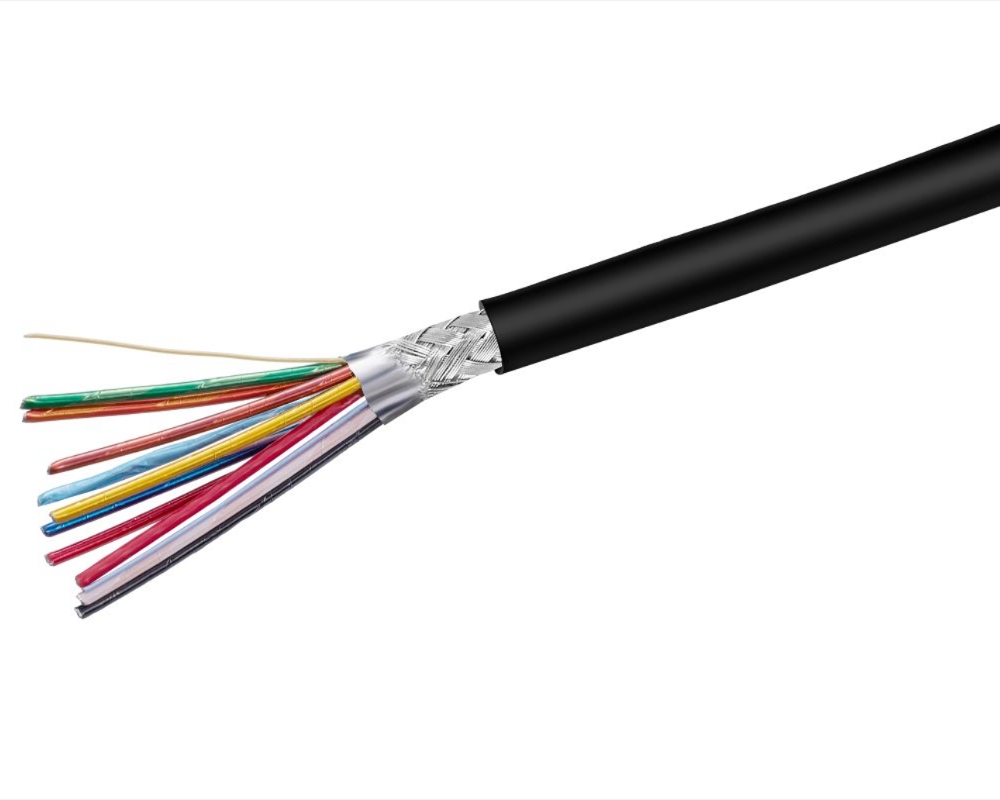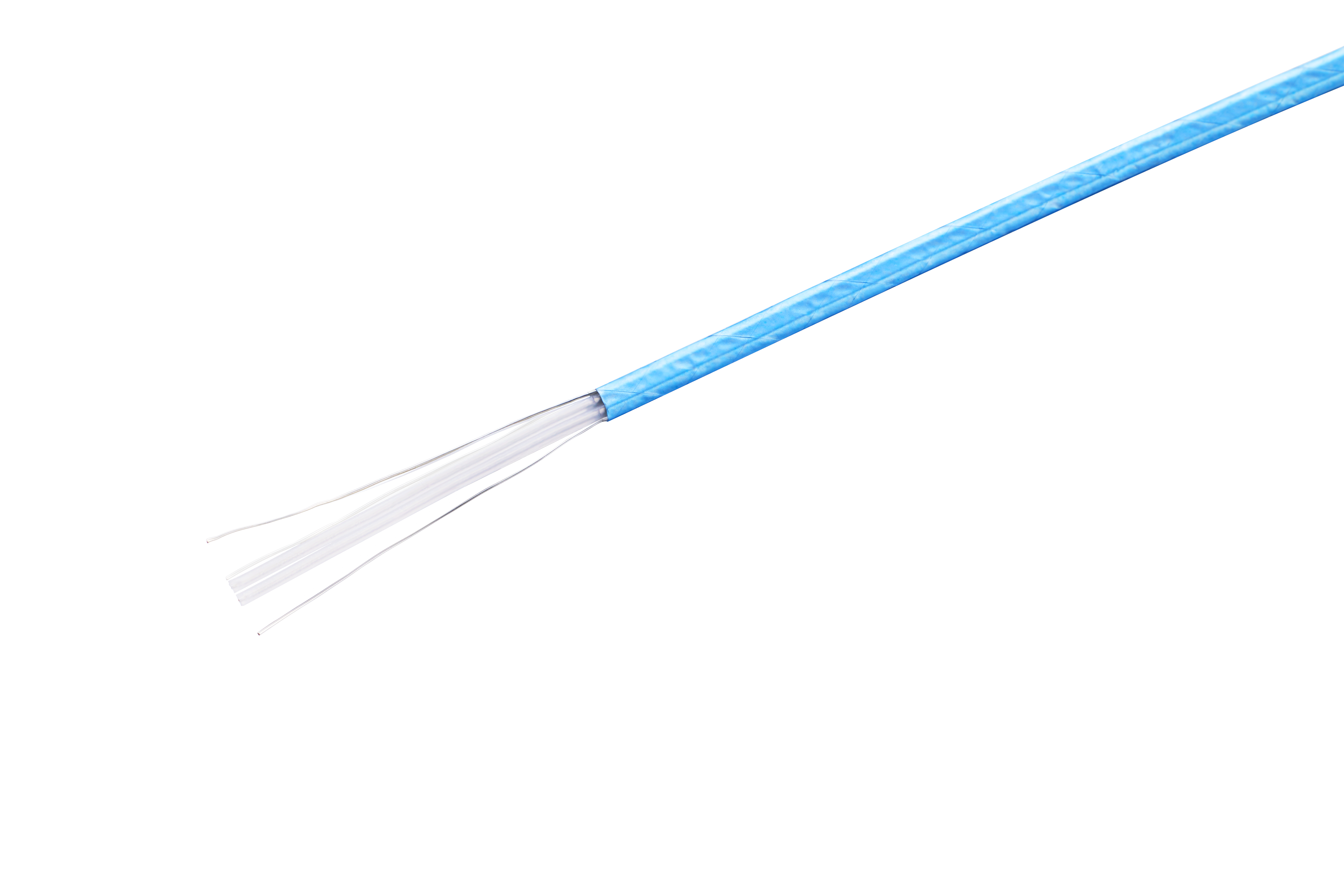USB 3.1
USB, is abbreviation of"Universal Serial BUS". It is an external bus standard to standardize the connectiondu of computer and peripheral equipment and communications. Is the application interface in the PC fieldtechnology。 USB interface, Plug and Play and hot swap support equipment functions, USB is the end of 1994by Intel, Compaq, IBM, Microsoft and other companies jointly proposed.
The fourth Generation: USB 3.1(USB 3.1 Gen2) maximum transfer rate of 10Gbps, downward compatible with USB1.1/2.0/3.0
|
Model :
|
|
Size :
|
Related Products
The Display Port standard specifications an open digital communications interface for use in both internal connections,such as interfaces within a PC or monitor, and external display connections, including interfaces between a PC and monitor or projector, between a PC and TV, or between a device such as a DVD player and TV display
|
Model :
|
|
Size :
|
Based on DVI,HDMI was developed It is suited for digital television, DVD play, as other digital audio visual products It can transmit high analytic video and multi-track audio materials in digital form with highquality。 And the highest transmission speed is 10 2Gbps In the cable, the audio and video signals are put intoone cable Therefore, it does not need many cables like the audiovisual cable with analogous method HDMIhas adopted small interface which is suited for digital portable In addition, it still support the standard 5specifications, the EIA CEA861x of Consumer Electronics Association in home appliances field
|
Model :
|
|
Size :
|
USB4, In 2019, USB-IF integrated the Thunderbolt 3 protocol (TBT3) on the basis of USB 3.2 , launched USB4 Gen 2x2 and USB4 Gen 3x2. The difference between the past is that the name USB 3.2 is still retained. USB4 is a doubling of the original USB 3.2 transmission speed, reaching 40Gbps, which is the speed of USB4 Gen 3x2. USB4 supports both USB 3.2 and TBT3 transfers. In short, USB4=USB 3.2+TBT3. USB4, like USB 3.2, also has single channel mode and dual channel mode. The USB4 interface and USB 3.2 interface both support the use of the USB PD fast charging protocol.
USB4 integrates multiple protocols as well as support more devices simultaneously, which involves bandwidth allocation. As shown in the figure below, USB4 can allocate up to 22Gbps of bandwidth for data transmission and at least 18GB of bandwidth for display support. Can connect a display with a resolution of 5120x2880 (5k), a refresh rate of 60Hz, and a color depth of 30bit, leaving 18Gbps of bandwidth for data transmission; You can also connect two videos with a resolution of 4096x2160 (4k), a refresh rate of 60Hz, and a color depth of 30bit, leaving 8Gbps of bandwidth for data transmission.
|
Model :
|
|
Size :
|
Overview: SAS (Serial Attached SCSI), also known as Serial Attached SCSI, is a new generation of SCSI technology, like the current popular Serial ATA (SATA) hard drives, uses serial technology to achieve higher transmission speeds and improves internal space by shortening connection lines. For raw wires, mainly distinguished based on electrical performance, divided into 6G and 12G, and SAS4.0 24G. However, the mainstream production process is still basically the same. For SAS high-frequency lines, impedance, attenuation, loop loss, and crosstalk are the most important transmission indicators. The operating frequency of SAS high-frequency lines is generally above 2.5GHz. High frequency and low loss communication cables are generally made of foam-polyethylene or foam-polypropylene as insulation materials. Two insulated core wires and two ground wires enter the wrapping machine, and aluminum foil and adhesive polyester tape are wrapped around the insulated core wires and ground wires, insulation process design and process control, structure, electrical performance requirements, and transmission theory of high-speed transmission lines.
|
Model :
|
|
Size :
|
| Super-Speed+ USB Cable USB3.1 (USB 3.1 Gen2) | ||||||||||||
| Product Description: | ||||||||||||
| Rated Voltage: 30V | ||||||||||||
| Rated Temperature: 80C | ||||||||||||
| Flammability Test: VW-1 | ||||||||||||
| Jacket: PVC(UL2725)/FRPE(UL21099) | ||||||||||||
| Print Legend: USB3.1 CABLE | ||||||||||||
| Product Application | ||||||||||||
| Mainly used in personal computer, consumer and mobile productsfor the fast synchronous real-time transmission, the transmission speed is 2 times higher than USB3.0 and reaches 10Gb/s. Another major feature is the enhancement of the charging capacity of mobile devices. The maximum allowable power supply standard under the USB 3.1 interface has been significantly increased to 20V/5A (only for Type-A/B), which can provide up to 100W of power output capacity. |
||||||||||||
| Product Construction: | ||||||||||||
| Construction 1 | Construction 2 | Construction 3 | Overall Shied |
Jacket | ||||||||
| AWG | Conductor N/mm |
4P | 1P+4C | 1C | ||||||||
| Material | Diameter | Shied | Material | Diameter | Material | Diameter | Material | Diameter | ||||
| 30 | 7/0.10 | Foam PE | 0.72 | A+D+M | PE | 0.55 | FEP | 1.00 | D+A+B | PVC or FRPE | 4.80 | |
| A:AL-Mylar M:Mylar D:Drain B:Braid | ||||||||||||
| Electrical Characteristics : | ||||||||||||
| Impedance (ohm) |
Skew | NEXT (dB/Max@GHz) | Attenuation (dB/m Max.@GHz) | |||||||||
| USB2.0 to 3.0 | USB 3.0 to 3.0 | 0.10 | 2.50 | 5.00 | 10.00 | 15.00 | ||||||
| 5.00 | 10.00 | 15.00 | 0.10 | 5.00 | 7.50 | |||||||
| 90±5 | 10ps/m | -37 | -32 | -25 | -37 | -37 | -30 | -2 | -4 | -6 | -11 | -20 |


